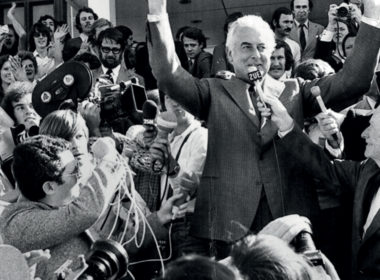Snapshot
- The recent release by the National Archives of Australia of the Palace Letters between Governor General Sir John Kerr and the Queen’s Private Secretary has revealed even more starkly the roles played in this seminal political event by some of our then national leaders.
- Understandably, the main focus of attention by the media and general members of the public has been on what role if any was played by the Queen and her personal staff.
- However what may be of particular interest to lawyers, is the differing accounts of the role played by then Chief Justice of the High Court, Sir Garfield Barwick.
The recent release by the National Archives of Australia of the Palace Letters between Governor General Sir John Kerr and the Queen’s Private Secretary has revealed even more starkly the roles played in this seminal political event by some of our then national leaders. Understandably, the main focus of attention by the media and general members of the public has been on what role if any was played by the Queen and her personal staff.
Sir John Kerr always maintained that he did not involve the Queen in the controversy because the responsibility was his. In his autobiography ‘Matters for Judgement’ Sir John wrote:
‘I did not tell the Queen in advance that I intended to exercise these powers on 11 November. I did not ask her approval. The decisions I took were without the Queen’s advance knowledge. The reason for this was that I believed, if dismissal action were to be taken, that it could be taken only by me and that it must be done on my sole responsibility. My view was that to inform Her Majesty in advance of what I intended to do, and when, would be to risk involving her in an Australian political and constitutional crisis in relation to which she had no legal powers; and I must not take such a risk.’




